
Gagra is a town in Abkhazia/Georgia, sprawling for 5 km on the northeast coast of the Black Sea, at the foot of the Caucasus Mountains. Its subtropical climate made Gagra a popular health resort in Imperial Russian and Soviet times.

Sochi conflict was a three-party border conflict which involved the counterrevolutionary White Russian forces, Bolshevik Red Army and the Democratic Republic of Georgia, each of which sought control over the Black Sea town of Sochi. The conflict was fought as a part of the Russian Civil War and lasted with varying success from July 1918 to May 1919, and ended through British mediation establishing the current official border between Russia and Georgia.
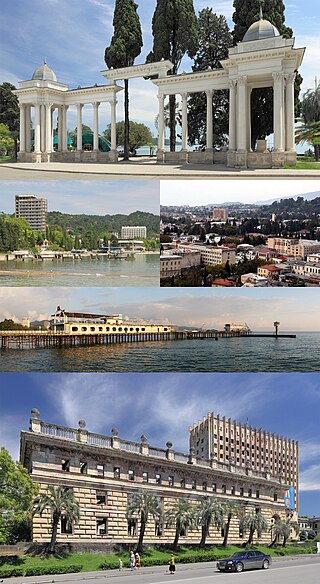
Sukhumi or Sukhum, also known by its Georgian name Sokhumi or Abkhaz name Aqwa, is a city in a wide bay on the Black Sea's eastern coast. It is both the capital and largest city of the Republic of Abkhazia, which has controlled it since the Abkhazia war in 1992–93. However, internationally Abkhazia is considered part of Georgia. The city, which has an airport, is a port, major rail junction and a holiday resort because of its beaches, sanatoriums, mineral-water spas and semitropical climate. It is also a member of the International Black Sea Club.
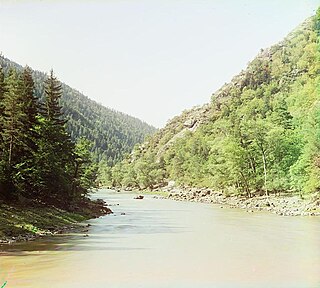
The Bzyb or Bzipi is one of the two largest rivers of Abkhazia, along with the Kodori, and the twelfth longest river in Georgia. The river valley has rich biodiversity of herbaceous garden plants, particularly in the gorge section in the upper reaches where the most prominent and colourful bellflower Campanula mirabilis with profuse growth of 100 flowers per plant is given the name, the "Queen of the Abkhazian flora". During 1904-1917 it served as the border between Russian Empire's Sukhumi Okrug and Black Sea Governorate.

New Athos or Akhali Atoni is a town in the Gudauta raion of Abkhazia situated some 22 km (14 mi) from Sukhumi by the shores of the Black Sea. The town was previously known under the names Nikopol, Acheisos, Anakopia, Nikopia, Nikofia, Nikopsis, Absara, and Psyrtskha.

The history of Abkhazia, a region in the South Caucasus, spans more than 5,000 years from its settlement by the lower-paleolithic hunter-gatherers to its present status as a partially recognized state.

Abkhazia is a region in South Caucasus. It is a de facto independent republic, but internationally is mostly recognized as part of Georgia. The article deals with the geography and climate of Abkhazia.
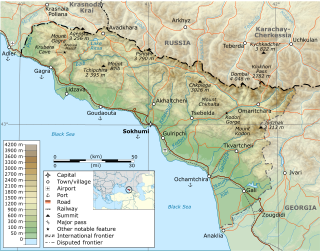
The War in Abkhazia was fought between Georgian government forces for the most part and Abkhaz separatist forces, Russian government armed forces and North Caucasian militants between 1992 and 1993. Ethnic Georgians who lived in Abkhazia fought largely on the side of Georgian government forces. Ethnic Armenians and Russians within Abkhazia's population largely supported the Abkhazians and many fought on their side. The separatists received support from thousands of North Caucasus and Cossack militants and from the Russian Federation forces stationed in and near Abkhazia.
Football is a major sport in Abkhazia. During Soviet times, the main club within Abkhazia itself was FC Dinamo Sukhumi, but Abkhazian footballers were prominent in the Georgian team FC Dinamo Tbilisi and in other Soviet teams. In 1994, after its declaration of independence from Georgia, Abkhazia organised a nine-team amateur league.

In Soviet times, the Abkhazian ASSR was divided into six raions (districts) named after their respective capitals.
The economy of Abkhazia is heavily integrated with the economy of Russia and uses the Russian ruble as its currency.

Abkhazian railway is a rail operator in the partially recognised state of Abkhazia. Under a monopoly agreement, it is fully managed and partially owned by Russian Railways for a ten year contract from 2009-2019.
In June and July 2008 a series of bombings took place in Georgia's breakaway republic of Abkhazia, killing 4 and injuring 18 people.
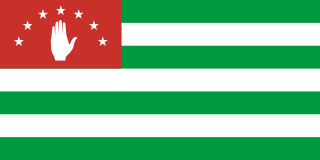
Abkhazia, officially the Republic of Abkhazia, is a partially recognised state in the South Caucasus, at the intersection of Eastern Europe and Western Asia. It lies on the eastern coast of the Black Sea. It is recognised by most countries as part of Georgia. It covers 8,665 square kilometres (3,346 sq mi) and has a population of around 245,000. Its capital and largest city is Sukhumi.
The War in Abkhazia from 1992 to 1993 was waged chiefly between Georgian government forces on one side, Russian military forces on other side supporting separatist forces demanding independence of Abkhazia from Georgia. http://www.historyorb.com/russia/georgia.php Ethnic Georgians, who lived in Abkhazia fought largely on the side of Georgian government forces. Ethnic Armenians and Russians within Abkhazia's population, largely supported Abkhazians and many fought on their side. The separatists were supported by thousands of the North Caucasus and Cossack militants and by the Russian Federation forces stationed in and near Abkhazia.
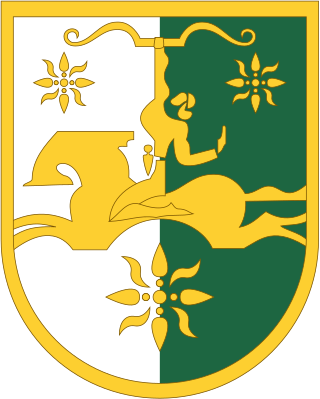
Visitors to the de facto Republic of Abkhazia must obtain a visa unless they come from one of the visa exempt countries. In addition, citizens belonging to members of the Community for Democracy and Rights of Nations may visit Abkhazia without a visa.

Anacopia Fortress is an ancient military citadel in New Athos in the disputed Republic of Abkhazia, located some 22 km by road along the coast from Sukhumi. The site, approximately 450 × 150 meters in dimensions, is located a mile or so inland, at the top of the Iverian Mountain. It is the most complete surviving building of ancient Anacopia, the former capital of the Kingdom of Abkhazia.

The Sukhumi or Sukhum okrug was a special administrative district (okrug) in the Caucasus Viceroyalty of the Russian Empire, part of the Kutaisi Governorate from 1883 until 1905. The administrative center of the district was the Black Sea port city of Sukhum. The okrug bordered the Kutaisi Governorate to the southwest, the Kuban Oblast to the north and the Black Sea Governorate to the northwest and in terms of its area corresponded to most of contemporary Abkhazia. During 1905–1917, the Sukhumi okrug was one of the smallest independent administrative units of the Russian Empire, second to the Zakatal okrug.

The Kamani Monastery is located at the village of Kamani in Abkhazia/Georgia, north of Sukhumi. The monastery building is a 1980s construction on the foundations of a medieval church.

The Abkhazian Navy is an operational-strategic formation of the Abkhazian Armed Forces, with its headquarters located in the vicinity of Sukhumi lighthouse. Its primary mission is to ensure the security of the self-proclaimed state of Abkhazia on the Black Sea coast. The Navy consists of littoral combat boats, a battalion of marines, parts of coastal troops and special forces. Joint exercises are often held with the Russian Navy.



























